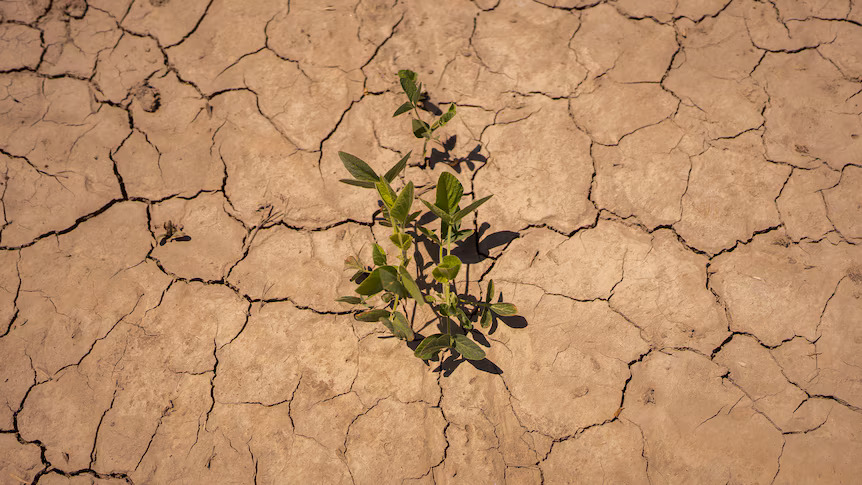Original publication by Senay Boztas for theguardian.com on 5 August 2022
Technology applied to Oude Rijn river helps stop plastic pollution reaching sea

Photograph: The Great Bubble Barrier
Five years ago, Claar-els van Delft began to suspect that plastic waste on the beach at Katwijk in the Netherlands did not come from visitors, or the sea, but from the mouth of a nearby river.
“We started picking up litter and we noticed, near the river entrance, pieces that came from fresh water – all kinds of plastic,” she says. “Tampon sheaths, brush bristles, but also crisp packages, drink packages, everything.”
Sure enough, when volunteers sifted through an oil drum full of Oude Rijn river water, in between the duckweed they saw tiny plastic particles. “We saw so much pollution, we were shocked,” says van Delft, the co-founder of the local charity Coast Busters.
The bubble barrier can stop plastic flowing past and reaches the entire width of a river or canal

Source: The Great Bubble Barrier
Fast forward to July 2022, and Katwijk is the site for the world’s first river “bubble barrier” – an experimental concept where a 120-metre stream of rising bubbles, plus the water current, pushes plastic waste to one side in order to be collected.
“We place a perforated tube on the bottom of the waterway, at an angle, and then pump through compressed air: the rising air bubbles create an upward current that will lift plastic from the water column to the surface, and then at the surface – together with the flow of the river – it is all pushed to one side,” explains Philip Ehrhorn, the chief technology officer at the Dutch startup The Great Bubble Barrier. “Here, we get the flow from the pumping station, or the wind can also push trash into the catchment system.”
The company, run by a team of keen sailors, surfers and water enthusiasts, won an international Postcode Lottery Green Challenge in 2018 and started its first permanent pilot in a canal in Amsterdam the following year. Such is the promise of this trial that it has convinced the Rijnland water board, 12 municipalities and the Holland Rijnland and Zuid-Holland regions – along with Coast Busters and local fundraisers – to invest €470,000 to build their river bubble barrier.

Photograph: Cynthia van Elk/The Great Bubble Barrier
Jacco Knape, the deputy mayor at Katwijk municipality, said he saw the local plastic problem with his own eyes when he was invited to a beach litter cleanup. “Plastic pollution is a growing problem worldwide, affecting communities as well as the environment, [and] Katwijk is unfortunately no exception,” he says. “We notice plastic pollution by visitors to the beach, leaving wrappers and other plastic behind, but we are also the last stop before all the plastics collected along the Oude Rijn flow into the sea. With this bubble barrier we can stop those plastics.”
Bas Knapp, an executive board member at the Rijnland water board, believes the bubble barrier will not prevent fish migration, and is investing €42,000 a year to run it. “We did a test which showed that in the pumping station, only one in 233 pieces of plastic larger than 1mm is removed from the water [by its filter],” he says. “But with the bubble barrier, we expect between 86% and 90% of the plastic pollution to be removed. A trial was incredibly promising. This is one of our largest river mouths, and a really good place to put a promising pilot to work to try to reduce plastic going to the sea.”
Anne Marieke Eveleens, a co-founder of The Great Bubble Barrier, is working on scaling up the technique, discussing a potential barrier in an estuary in Portugal and another project in south-east Asia. “One of the requests we sometimes get is for a big international port like Rotterdam – there, it’s 20 metres deep but that is [currently] out of scope,” she admits. “It is also difficult if there are lots of ships, and they are dredging multiple times a year.”
But many believe the technique still has real promise for specific scenarios. Dr Frans Buschman, a researcher in environmental hydrodynamics from the independent institute Deltares, has tested the barrier in Amsterdam, using about 1,000 tagged tangerines. “We released them at several points and counted how many were captured,” he says. “From the side of the catchment system it was up to 90%; sometimes on the other side we noticed it was substantially lower, probably because there’s a one spot where the bubble intensity is not so high, and some tangerines were passing there.”
He adds that items that were fully floating could be blown over the bubble barrier by the wind, making it less effective, but believes it is still a “promising technique [with] great potential”.

Photograph: The Great Bubble Barrier
Some researchers, however, point out that river plastics do not necessarily end up in the ocean, although they can still harm ecosystems and human livelihoods. Tim van Emmerik, an assistant professor at Wageningen University’s hydrology and quantitative water management group, says river systems also differ. “When thinking about rivers globally, just imagine how widely they can vary, from narrow canals in Amsterdam and Leiden, to great deltas like the Mekong,” he points out. “Most tech solutions, such as the Bubble Barrier, only cover a range of them, emphasising there will always be a need of a solution portfolio. Of course, consuming and polluting less plastics will help no matter where you go, and may in fact have the greatest impact.”
Back in Katwijk, there are plans to build a visitor and education centre next to the bubble barrier to do just that, and hopes are running high. Under the summer sun, a stream of gentle bubbles breaks the river surface, a little like a jacuzzi. “We were looking forward,” says van Delft, quite seriously, “to coming to the opening in a swimsuit!”




